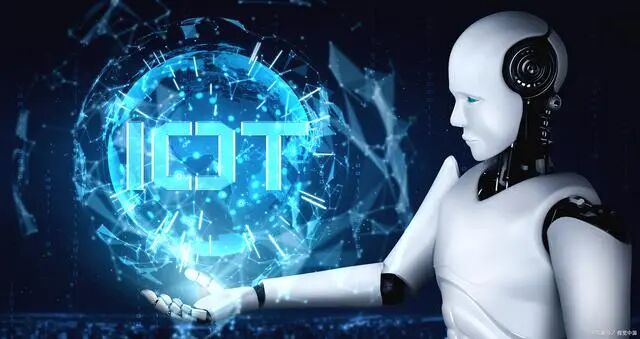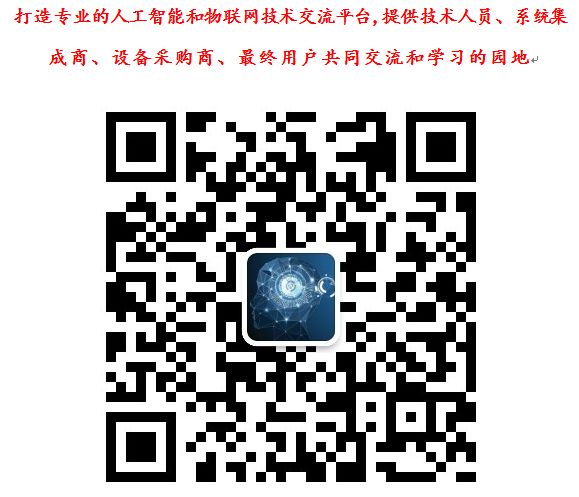 What will the application scenarios and development trends look like after the integration of the Internet of Things (IoT) and Artificial Intelligence (AI)?1. Smart Home: Automation Control and Energy ManagementSmart home systems achieve automated control of the home environment by integrating various sensors and smart devices. For example, smart temperature control systems can automatically adjust indoor temperatures based on the difference between indoor and outdoor temperatures, while smart lighting systems can adjust brightness based on light intensity and user habits.2. Industry 4.0: Smart Manufacturing and Predictive MaintenanceIn the industrial sector, the integration of IoT and AI is driving the development of smart manufacturing. By monitoring the status of production lines in real-time, systems can predict equipment failures and perform maintenance in advance, reducing downtime and improving production efficiency.3. Smart Cities: Traffic Management, Public Safety, and Environmental MonitoringSmart cities utilize IoT technology to collect data from various aspects of the city and analyze and make decisions through AI. For example, smart traffic systems can adjust traffic lights based on traffic flow to optimize traffic; environmental monitoring systems can monitor air quality in real-time and respond promptly to pollution events.The integration of IoT and AI has significant potential in various fields, but practical applications must consider technical challenges and implementation strategies.Challenges and SolutionsAs the integration of IoT and AI deepens, we face a series of challenges that need to be overcome through innovative solutions.1. Data Privacy and Security IssuesThe data generated by IoT devices often involves personal privacy and commercial secrets. Protecting data from unauthorized access or misuse is a major challenge. Solutions include strengthening data encryption technologies, implementing strict data access controls, and adopting decentralized technologies like blockchain to enhance data security and traceability.2. Complexity of System IntegrationThe integration of IoT and AI involves various hardware and software, increasing system complexity. Solutions include developing standardized interfaces and protocols, as well as using microservices architecture to simplify system integration and maintenance.3. Unification of Technical Standards and CompatibilityInconsistent technical standards between different vendors and platforms lead to interoperability issues between devices and systems. Promoting the establishment and adoption of industry standards, such as MQTT and CoAP IoT communication protocols, is key to solving this problem.Future Development TrendsThe integration of IoT and AI is in a rapid development stage, and the future trends are worth our attention. With technological advancements, future IoT systems will become more autonomous, capable of completing complex tasks independently without human intervention. The combination of edge computing and AI will further promote the development of edge intelligence, bringing data processing closer to the data source, improving system response speed and efficiency. Based on data analysis of user behavior and preferences, IoT systems will be able to provide more personalized and customized services. The integration of IoT and AI will also promote interdisciplinary integration with other fields, such as biology and psychology, opening up new application areas.The integration of IoT and AI paints a grand blueprint for an intelligent future. Through this integration, we can achieve a more efficient, intelligent, and personalized way of living and working. However, to fully realize the potential of this integration, we need to address challenges such as data security, system integration, and technical standards. At the same time, we should actively explore future trends such as autonomous systems, edge intelligence, personalized services, and interdisciplinary integration to promote technological and social progress.In future explorations, continuous innovation and interdisciplinary collaboration will be key. Through ongoing technological iterations and application practices, the integration of IoT and AI will deepen, bringing more possibilities to human society.
What will the application scenarios and development trends look like after the integration of the Internet of Things (IoT) and Artificial Intelligence (AI)?1. Smart Home: Automation Control and Energy ManagementSmart home systems achieve automated control of the home environment by integrating various sensors and smart devices. For example, smart temperature control systems can automatically adjust indoor temperatures based on the difference between indoor and outdoor temperatures, while smart lighting systems can adjust brightness based on light intensity and user habits.2. Industry 4.0: Smart Manufacturing and Predictive MaintenanceIn the industrial sector, the integration of IoT and AI is driving the development of smart manufacturing. By monitoring the status of production lines in real-time, systems can predict equipment failures and perform maintenance in advance, reducing downtime and improving production efficiency.3. Smart Cities: Traffic Management, Public Safety, and Environmental MonitoringSmart cities utilize IoT technology to collect data from various aspects of the city and analyze and make decisions through AI. For example, smart traffic systems can adjust traffic lights based on traffic flow to optimize traffic; environmental monitoring systems can monitor air quality in real-time and respond promptly to pollution events.The integration of IoT and AI has significant potential in various fields, but practical applications must consider technical challenges and implementation strategies.Challenges and SolutionsAs the integration of IoT and AI deepens, we face a series of challenges that need to be overcome through innovative solutions.1. Data Privacy and Security IssuesThe data generated by IoT devices often involves personal privacy and commercial secrets. Protecting data from unauthorized access or misuse is a major challenge. Solutions include strengthening data encryption technologies, implementing strict data access controls, and adopting decentralized technologies like blockchain to enhance data security and traceability.2. Complexity of System IntegrationThe integration of IoT and AI involves various hardware and software, increasing system complexity. Solutions include developing standardized interfaces and protocols, as well as using microservices architecture to simplify system integration and maintenance.3. Unification of Technical Standards and CompatibilityInconsistent technical standards between different vendors and platforms lead to interoperability issues between devices and systems. Promoting the establishment and adoption of industry standards, such as MQTT and CoAP IoT communication protocols, is key to solving this problem.Future Development TrendsThe integration of IoT and AI is in a rapid development stage, and the future trends are worth our attention. With technological advancements, future IoT systems will become more autonomous, capable of completing complex tasks independently without human intervention. The combination of edge computing and AI will further promote the development of edge intelligence, bringing data processing closer to the data source, improving system response speed and efficiency. Based on data analysis of user behavior and preferences, IoT systems will be able to provide more personalized and customized services. The integration of IoT and AI will also promote interdisciplinary integration with other fields, such as biology and psychology, opening up new application areas.The integration of IoT and AI paints a grand blueprint for an intelligent future. Through this integration, we can achieve a more efficient, intelligent, and personalized way of living and working. However, to fully realize the potential of this integration, we need to address challenges such as data security, system integration, and technical standards. At the same time, we should actively explore future trends such as autonomous systems, edge intelligence, personalized services, and interdisciplinary integration to promote technological and social progress.In future explorations, continuous innovation and interdisciplinary collaboration will be key. Through ongoing technological iterations and application practices, the integration of IoT and AI will deepen, bringing more possibilities to human society.
-
How do IoT and AI integrate?
-
The most promising application scenarios for edge AI are…
-
The IoT platform is ushering in new development opportunities
-
What is the future impact of AI on humans?
-
The impact and application of IoT in Industry 4.0 and manufacturing
-
The future trends of IoT and AI
